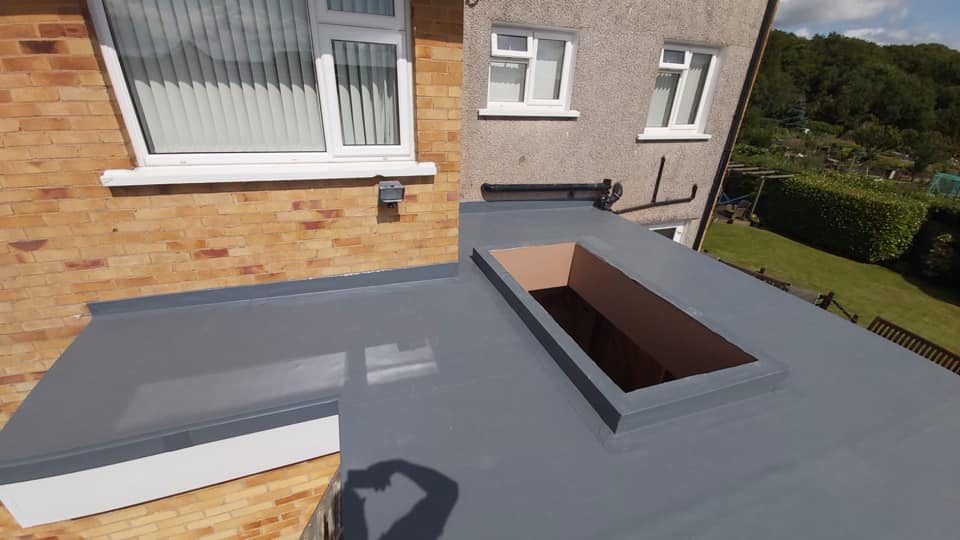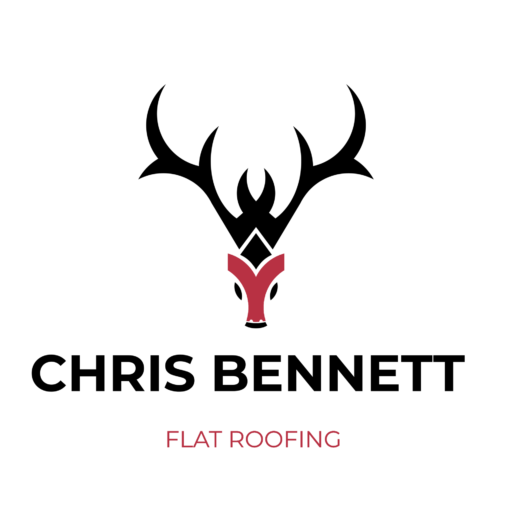Title: The Benefits of Single Ply Roofing Over GRP: A Comprehensive Guide
When it comes to choosing the right roofing material for your building, the options can be overwhelming. Two popular choices in the market today are Single Ply and GRP (Glass Reinforced Plastic) roofing. However, Single Ply roofing often emerges as the superior choice for a variety of reasons. In this article, we will delve into the benefits of Single Ply roofing and explain why it is a better alternative compared to GRP roofing.
What is Single Ply Roofing?
Single Ply roofing systems are made from flexible sheets of synthetic polymer that can be loosely laid, mechanically fixed, or adhered to the roof. The most common types of Single Ply membranes include TPO (Thermoplastic Olefin), PVC (Polyvinyl Chloride), and EPDM (Ethylene Propylene Diene Monomer). These materials are known for their durability, flexibility, and ease of installation.
What is GRP Roofing?
GRP roofing, also known as fiberglass roofing, involves the application of a resin and a catalyst over a roofing substrate, usually a wooden deck, which is then reinforced with a layer of fiberglass matting. While GRP roofing has been used for many years, it presents several disadvantages compared to Single Ply roofing.
Benefits of Single Ply Roofing Over GRP
- Durability and LongevitySingle Ply roofing membranes are renowned for their long-lasting durability. EPDM membranes, for instance, can last up to 50 years with proper maintenance. These membranes are resistant to UV radiation, ozone, and extreme weather conditions, which makes them an ideal choice for various climates.In contrast, GRP roofing can become brittle over time, particularly when exposed to UV radiation. This brittleness can lead to cracking and leaks, necessitating frequent repairs and replacements.
- Ease of InstallationSingle Ply roofing is relatively easy to install, which can significantly reduce labor costs and installation time. These membranes are lightweight and can be easily rolled out and cut to fit any roof shape. Moreover, they require fewer seams, reducing the risk of leaks.GRP roofing, on the other hand, is labor-intensive and requires a meticulous installation process. The application of resin and fiberglass matting can be time-consuming and challenging, especially in adverse weather conditions. Any mistakes during installation can compromise the roof’s integrity.
- Flexibility and VersatilitySingle Ply membranes are highly flexible and can accommodate building movement and thermal expansion without cracking. This flexibility makes them suitable for a wide range of roofing applications, including flat and low-slope roofs.GRP roofs, while somewhat flexible, are more prone to cracking under stress or movement. This rigidity limits their application and increases the likelihood of damage over time.
- Cost-EffectivenessAlthough the initial cost of Single Ply roofing may be comparable to GRP, the long-term savings are significant. Single Ply membranes require less maintenance and have a longer lifespan, which translates to lower overall costs over the roof’s lifetime.GRP roofing often incurs higher maintenance costs due to its susceptibility to cracking and UV damage. Frequent repairs and potential early replacement add to the total expense, making it less cost-effective in the long run.
- Environmental ImpactMany Single Ply membranes, particularly TPO and PVC, are recyclable, making them a more environmentally friendly option. Additionally, their reflective properties can enhance a building’s energy efficiency by reducing cooling costs.GRP roofing materials are not as easily recyclable and can have a higher environmental impact. The production process of GRP involves the use of chemicals that can be harmful to the environment.
Why Avoid GRP Roofing?
- Susceptibility to Damage: GRP roofs are more prone to damage from UV rays and thermal expansion. This can lead to frequent repairs and a shorter lifespan.
- Complex Installation: The installation process for GRP roofing is complex and time-consuming, increasing the likelihood of errors and additional costs.
- Maintenance Issues: GRP roofs require regular maintenance to prevent cracking and leaks, adding to the overall cost and inconvenience.
Conclusion
While both Single Ply and GRP roofing materials have their uses, Single Ply clearly stands out as the better option. Its durability, ease of installation, flexibility, cost-effectiveness, and lower environmental impact make it the preferred choice for modern roofing needs. By opting for Single Ply roofing, you can ensure a long-lasting, reliable, and sustainable roofing solution for your building.
For more information on Single Ply roofing solutions, contact our team of experts today. We are here to help you make the best choice for your roofing needs.



